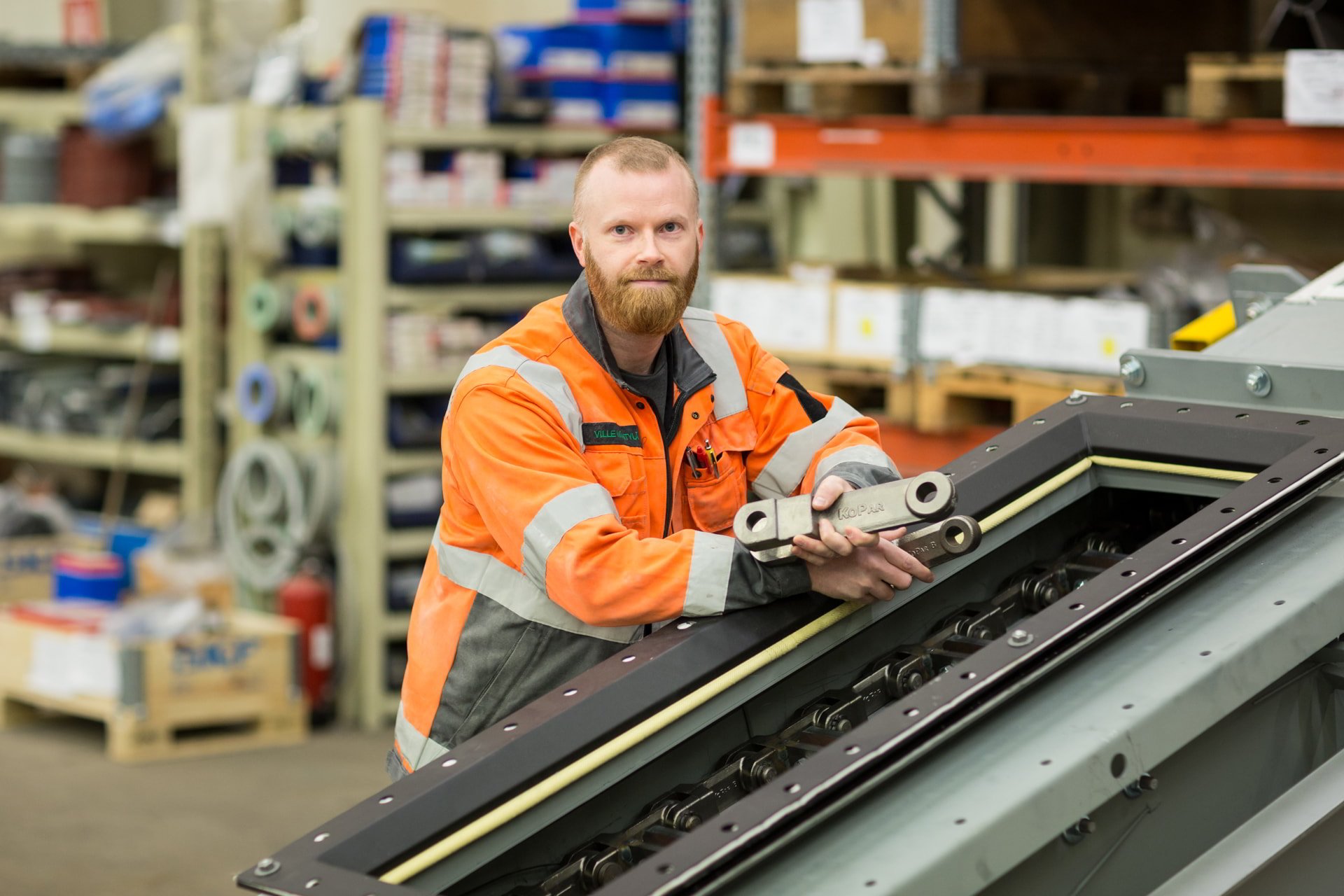Understanding Your Material Characteristics
When selecting the appropriate pipeline solutions, the first step is to understand the characteristics of the materials you will be transporting. Different materials have unique properties that can significantly impact the choice of pipeline design and conveying method. For instance, fine powders may require different handling compared to coarse granules. The abrasiveness, moisture content, and temperature sensitivity of the material are also critical factors to consider.
By thoroughly analysing these characteristics, you can determine the most suitable pipeline solution that ensures efficient and safe transportation. This understanding helps in minimizing wear and tear on the pipeline, reducing maintenance costs, and ensuring the integrity of the material during transit. Conducting material tests and consulting with experts can provide valuable insights into the best practices for handling specific materials.
Evaluating Distance and Capacity Requirements
The distance over which materials need to be transported and the required capacity are crucial considerations in choosing the right pipeline solutions. Long-distance conveying may necessitate high-pressure systems to maintain the flow and prevent blockages. Conversely, shorter distances might be efficiently managed with low-pressure systems. The capacity, or the volume of material to be transported per unit time, also influences the choice of pipeline and conveying method.
High-capacity requirements may demand robust pipeline designs and powerful conveying systems to handle the load without compromising efficiency. On the other hand, lower capacities might be managed with simpler systems. Evaluating these parameters helps in selecting a pipeline solution that meets operational demands while optimizing energy consumption and reducing operational costs.
Choosing Between High and Low-Pressure Conveying
High-pressure and low-pressure conveying systems each have their advantages and are suitable for different applications. High-pressure systems, such as pulse dense phase or dilute phase conveying, are ideal for transporting materials over long distances and handling high capacities. These systems use compressed air to move materials through the pipeline, ensuring a steady flow even in challenging conditions.
Low-pressure conveying, often utilising blower systems, is suitable for softer materials and shorter distances. These systems operate at high velocities, making them efficient for specific applications where material degradation is a concern. Understanding the pros and cons of each method allows for an informed decision that aligns with the specific needs of your operation.
Considering Environmental and Safety Factors
Environmental and safety considerations are paramount when selecting pipeline solutions. Ensuring that the chosen system complies with environmental regulations and safety standards is essential to avoid legal issues and ensure the well-being of workers. For instance, systems that minimize dust generation and contain hazardous materials effectively are crucial in maintaining a safe working environment.
Additionally, energy-efficient systems that reduce the carbon footprint of operations are increasingly important in today's environmentally conscious landscape. By prioritizing these factors, you can select pipeline solutions that not only meet operational needs but also contribute to sustainable and safe industrial practices.
Maintenance and Total Cost of Ownership
The ease of maintenance and the total cost of ownership (TCO) are significant factors in the decision-making process. A pipeline solution that requires frequent maintenance can lead to increased downtime and higher operational costs. Therefore, selecting systems designed for ease of maintenance, with readily available spare parts and straightforward repair procedures, is beneficial.
Considering the TCO involves evaluating not just the initial investment but also the long-term costs associated with operation, maintenance, and potential downtime. By choosing a solution with a lower TCO, you can ensure a more cost-effective and reliable operation over the lifespan of the system.
Customizing Solutions for Specific Applications
Every industrial application has unique requirements that may necessitate customized pipeline solutions. Tailoring the pipeline design and conveying method to the specific needs of your operation can enhance efficiency and performance. For example, in smelting applications, combining pressure and blower conveying can address the unique challenges of transporting materials in high-temperature environments.
Customization may also involve selecting specific materials for pipeline construction to withstand abrasive or corrosive materials. By working closely with experts and leveraging advanced technologies, you can develop bespoke solutions that address the specific challenges of your application, ensuring optimal performance and reliability.
Leveraging Technological Advances
Technological advancements in pipeline solutions have significantly improved the efficiency and reliability of material conveying systems. Innovations such as automated control systems, real-time monitoring, and advanced materials for pipeline construction have enhanced the capabilities of modern conveying systems. These technologies enable precise control over material flow, early detection of potential issues, and reduced maintenance requirements.
By staying abreast of the latest technological developments and integrating them into your pipeline solutions, you can achieve higher efficiency, lower operational costs, and improved safety. Investing in cutting-edge technology ensures that your conveying systems remain competitive and capable of meeting the evolving demands of industrial operations.
Conclusion
Choosing the right pipeline solutions involves a comprehensive evaluation of material characteristics, distance and capacity requirements, environmental and safety considerations, maintenance needs, and the potential for customization. By understanding these factors and leveraging technological advancements, you can select a pipeline solution that ensures efficient, safe, and cost-effective material transportation.
At Kopar, we are committed to providing expert guidance and innovative solutions to help you navigate the complexities of pipeline selection. Our extensive experience and dedication to excellence ensure that we can tailor the ideal pipeline solution for your specific needs, ensuring seamless and efficient operations.

You have a challenge that needs solving?
Let us help! Contact us for more information about our products and services.
